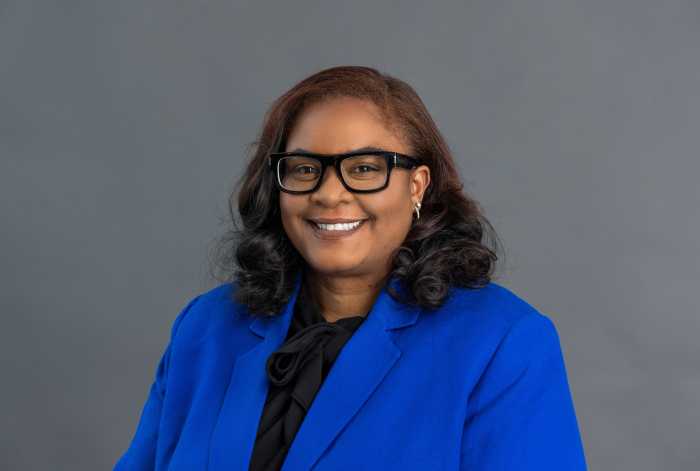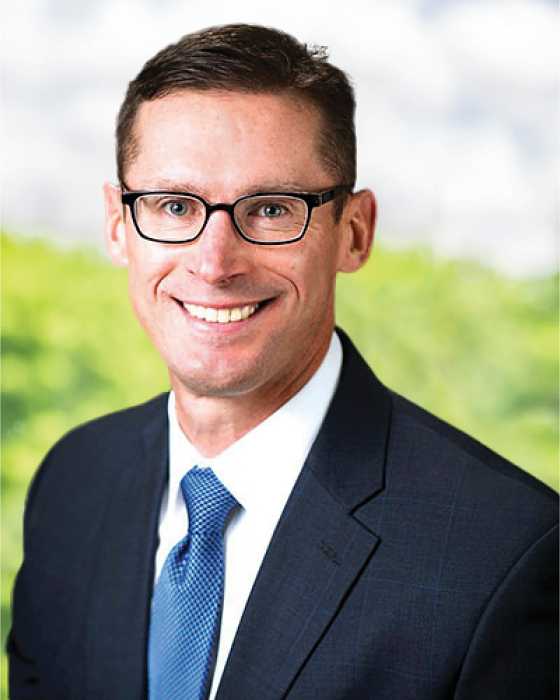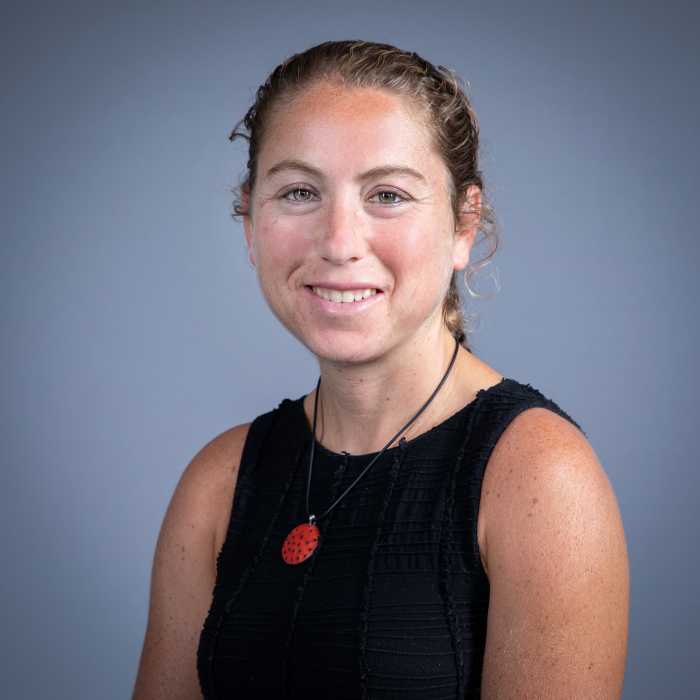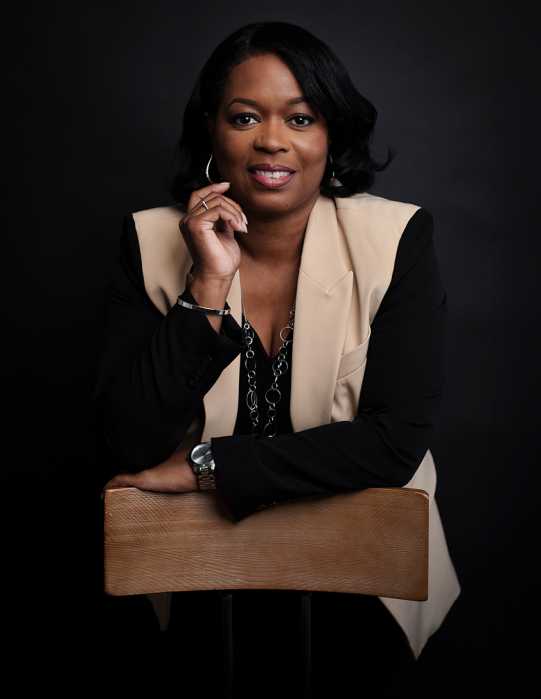Linda P. Fried, M.D., MPH, is a leader in epidemiology and geriatric medicine. Trained in cardiovascular and chronic disease epidemiology and geriatrics, she has dedicated her career to the science of healthy aging and frailty prevention, disability, and cardiovascular disease. A renowned scientist, she has led seminal work in defining frailty as a new clinical syndrome and major population-based studies to determine causes and consequences of chronic diseases, multimorbidity, loneliness, and disability in aging.
What piece of health care related legislation would you like to see passed in the near future?
A vision for creating health across longer lives that invests in a modernized public health system that implements in health futures of prevention and health promotion at the population level in every community for every age, and a complementary medical care system that invests adequately in geriatric medicine systems, providers and adequate reimbursement, for the most effective and cost-effective care of the almost 20% of our population that is over 65.
How do you expect the health care field to change in the next five years?
We are at a fork in the road, where disinvestment in public health will mean rising rates of ill health that add excessive demand on the medical care system.
As this year comes to an end, what are your goals for 2026?
Increase our health professional vision for creating healthy longevity for all Americans.














